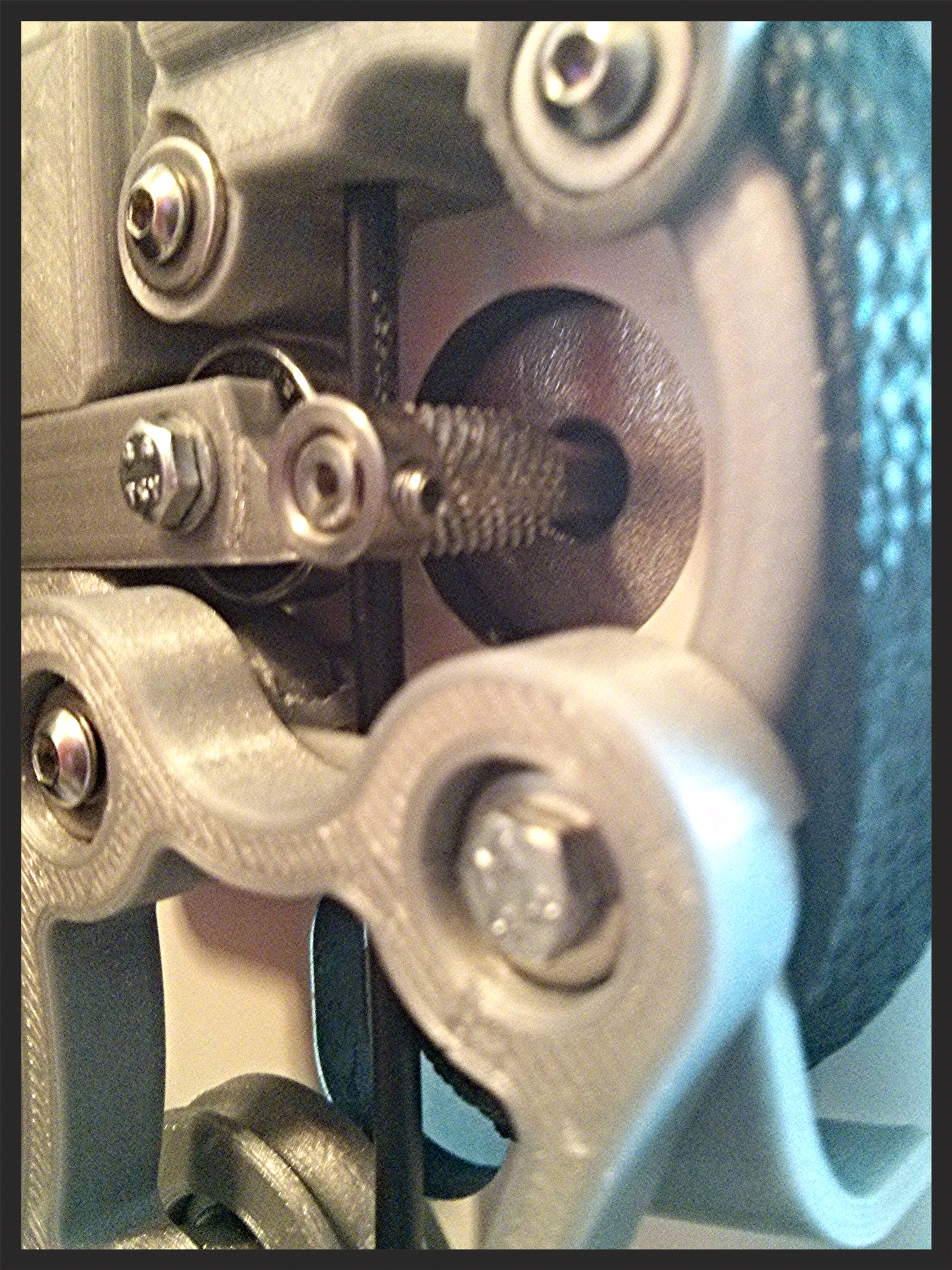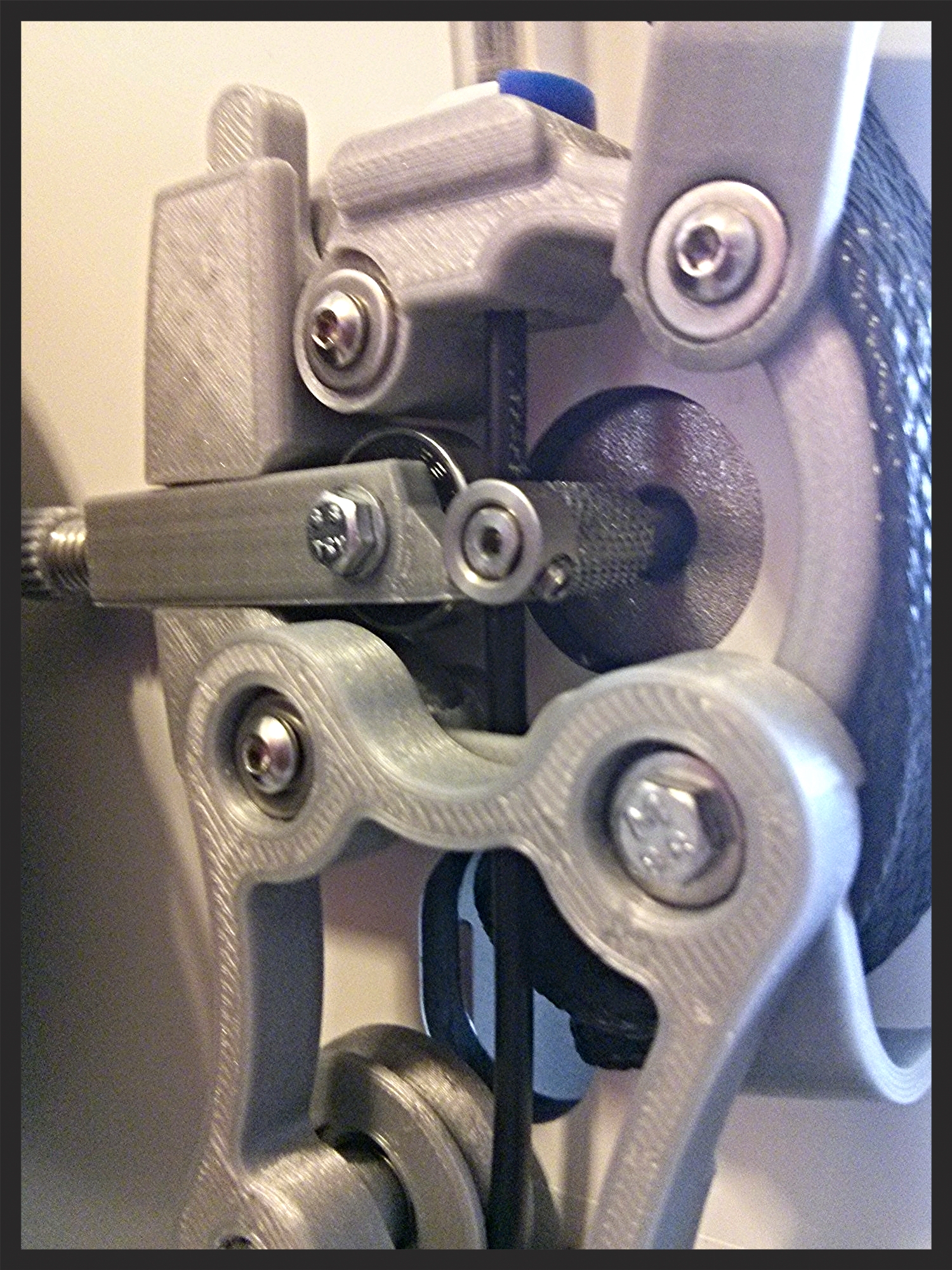More from the backlog.
I have added a gallery called Good Feeder Tension. In it, I have attempted to capture what good tension on the feeder of my Ultimaker 2 looks like.
There is not much there right now, but I think I have succeeded. :)



Amazing photo courtesy of Brendan Bronzan. Thanks Brendan!
More from the backlog.
I have added a gallery called Good Feeder Tension. In it, I have attempted to capture what good tension on the feeder of my Ultimaker 2 looks like.
There is not much there right now, but I think I have succeeded. :)
Check out the dents/pattern in the filament. See the crosshatch pattern from the knurled bold? That is what good tension looks like.
Here is another shot of the good tension. I read that you want enough tension to create the crosshatch pattern, but not so much as the deform the filament.
Here is a third shot. It seems that tighter is better, but not too tight. The goal is to allow the feeder to overcome higher frictions and deal with retractions, without grinding the filament. The last third of a spool, for example is harder to pull, then the start of it.



“Being silly is still allowed, not excluded by adulthood. What’s excluded by adulthood is thoughtlessness, so be thoughtful and silly”